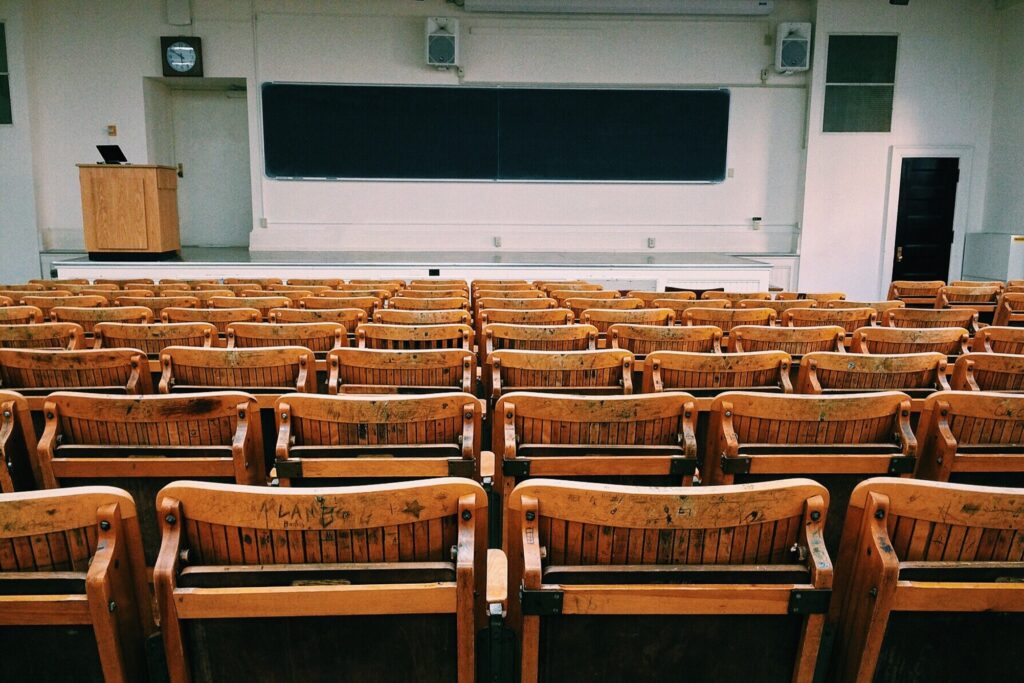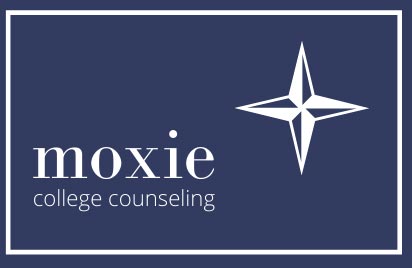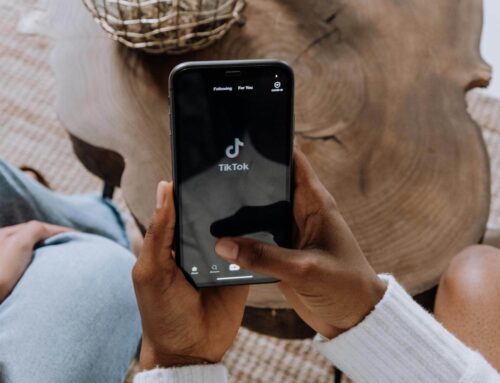
The Common Application
Recently, the Common Application released data indicating that early applications for this fall are up, way up, which suggests that the 2021-22 admissions year could be much better for many colleges – but not necessarily for applicants vying for coveted spots in their incoming freshman classes. More applications means more tough decisions to be made, more letters of acceptance (and rejection) to be sent, and, unfortunately, more stress for applicants attempting to gain admission to their “dream schools.” I founded Moxie to help students let go of that stress in favor of finding their unique application rhythms where they can find joy, routine, and – yes, even in these uncertain times – hope. Let’s take a look at the numbers together to understand the current state of college admissions!
Decrease in Applications
Due to the pandemic, the 2020-21 admissions year brought an overall decrease in applications and enrollment yet a significant uptick in applications to the most selective colleges. According to the report, application volume through November 16, 2021, rose 22 percent from 2019-20, including applications from low-income and first-generation students, two groups that saw a significant drop last admissions cycle. This rise in volume is overwhelmingly positive despite the continuation of a troubling trend alongside it. About 60 percent of this cycle’s early applicants reside in the most affluent quintile of zip codes nationwide; applicants from the bottom quintile comprise only 5 percent of the early applicant pool. Unsurprisingly, these trends align with those of prior years.
Inequity in the College Application Process
Though these trends stay the course in terms of demographic history, they expose the vast inequity of the college application process at a time in our country in which similar issues are gaining a lot of traction in social justice movements. Applicants from the most impoverished quintile generally have far less support in their academic journeys than their wealthier counterparts, meaning that they are less likely to decide to apply to college and, oftentimes, have worse chances of admission. The consequences of this disparity are clear. The sheer volume of early applicants from the most affluent quintile means that the majority of colleges will remain predominantly wealthy and white. While a more diverse student body has the potential to generate resilient leaders with broad perspectives, the applicant gap seen in the Common Application’s most recent report indicates that most of our universities will continue to nurture generations of professionals who are incapable of fully empathizing with a wider variety of individuals in their communities.
Predicting Enrollment
Unfortunately for colleges, having more applicants can make it more difficult to predict enrollment, especially when – apropos to the discussion above – the majority of those applicants are cut from an almost identical socio-economic cloth. The report included in this post also indicates that undergraduate enrollments have dropped by 6.5 percent since fall 2019, meaning that students who are sending in their applications aren’t necessarily completing their enrollment, in part a result of students applying to more colleges. This can result in over- or under-enrollment, which can seriously impact both current students and future applicants.
Questions About the Common Application
If you have any questions about the latest admissions trends and how they may impact your student, don’t hesitate to reach out.





